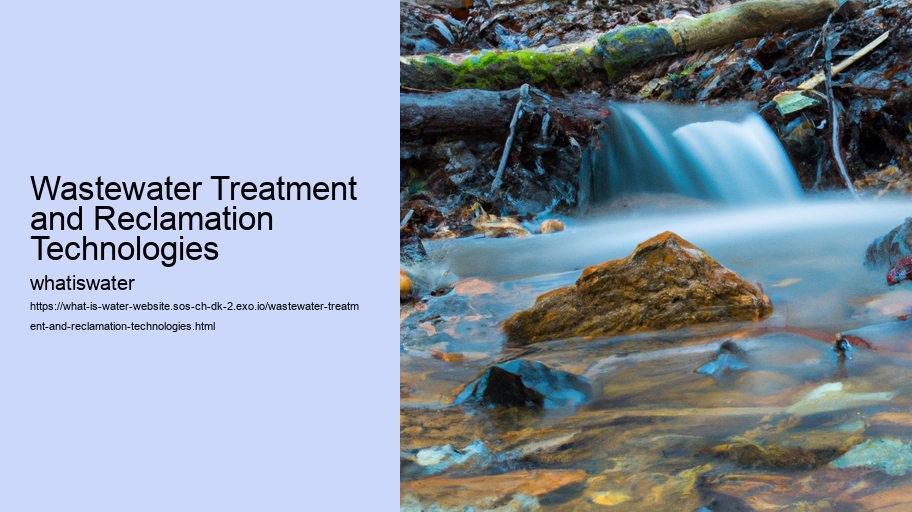Primary treatment marks the initial phase, where solids are allowed to settle by gravity, separating them from the liquid component. Hydrology This rudimentary level focuses on eliminating large particulate matter through physical means such as filtering and sedimentation tanks.
Wastewater Treatment and Reclamation Technologies - Water Softening
- Rivers and Lakes
- Hydroelectric Power
- Droughts
Secondary treatment follows suit, deploying biological processes to further purify the water. Water Conservation Microorganisms play a pivotal role here; they consume organic matter dissolved in the wastewater. Facilities typically use activated sludge systems or biofilters to enhance this biodegradation process. This step significantly reduces the concentration of harmful pathogens and organic compounds, making the effluent cleaner but still not entirely free from impurities.
Tertiary treatment is where advanced refinement occurs; additional contaminants like nitrogen, phosphorus, heavy metals, and synthetic chemicals are targeted. Techniques such as membrane filtration, ion exchange, and advanced oxidation are employed at this juncture to achieve higher purity levels. Treated water at this stage often meets regulatory standards for discharge into surface waters or can be considered for reuse in agricultural irrigation or industrial cooling systems.
In recent years, reclamation technology has gained traction with an increased focus on sustainability and resource conservation. Water reclamation involves treating wastewater until it's suitable for direct reuse—either returning it to groundwater supplies through artificial recharge or using it in various non-potable applications like landscaping irrigation.
Innovative technologies continue emerging within this realm; nanotechnology offers new possibilities for contaminant removal while bioremediation harnesses natural processes for detoxifying wastewater streams. Moreover, energy-efficient models now incorporate renewable energy sources such as solar power to drive treatment operations.
Wastewater Treatment and Reclamation Technologies - Thermal Pollution
- Water Conservation
- Hydrology
- Surface Water
In conclusion, wastewater treatment and reclamation technologies represent a dynamic field constantly evolving with advances in science and engineering.
Wastewater Treatment and Reclamation Technologies - Hydrology
- Water Softening
- Rivers and Lakes
- Hydroelectric Power
- Droughts
- Hydrologic Cycle
- Aquaculture
